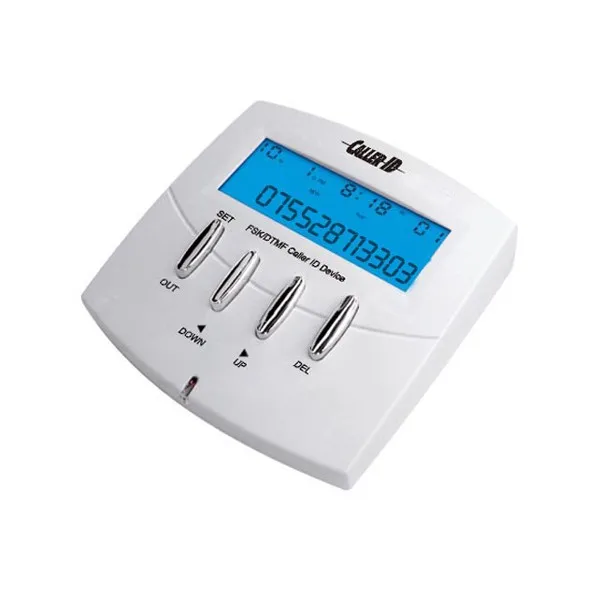

When this happens, privacy (from the standpoint of the person receiving the call) remains intact because he/she retains the option not to answer and to be left alone. Privacy for the Caller (Caller ID Blocking)Īs I mentioned above, a person receiving a calls is able to view the number of the calling party under normal circumstances. Although, the caller might assume you are not answering a call intentionally, he/she has no way of knowing conclusively that this indeed the case. However, the person calling you has no way of knowing whether you are near your phone if you choose not to answer. Naturally, since most lines support caller ID these days, the person calling you is probably aware that you can see his/her number on your phone display. From this standpoint, you are able to safeguard your privacy and only answer calls from parties with whom you want to speak. Knowing who’s calling you gives you a choice - to answer a call or not depending upon who’s calling and whether you want to talk to them. Of course, the best thing about caller ID is the obvious - it allows you to see who’s calling.

This means that almost any phone you use supports the Caller ID feature and enables you to view or screen numbers before answering. Additionally, virtually all mobile phone support caller ID. Today, most residences and businesses use phones with caller ID. In this post, I will detail how some of the uses of caller ID may affect your privacy. Consequently, caller ID is both a useful tool and a potential security concern at the same time. More than 30 years later, Caller ID is entrenched in American society and used by millions of residential and business users nationwide.Ĭaller ID, in its simplest form, enables users who receive phone calls to see the phone numbers of the parties who call them. BellSouth introduced Caller ID in America in July 1984 when it unveiled the service in Orlando, Florida.


 0 kommentar(er)
0 kommentar(er)
